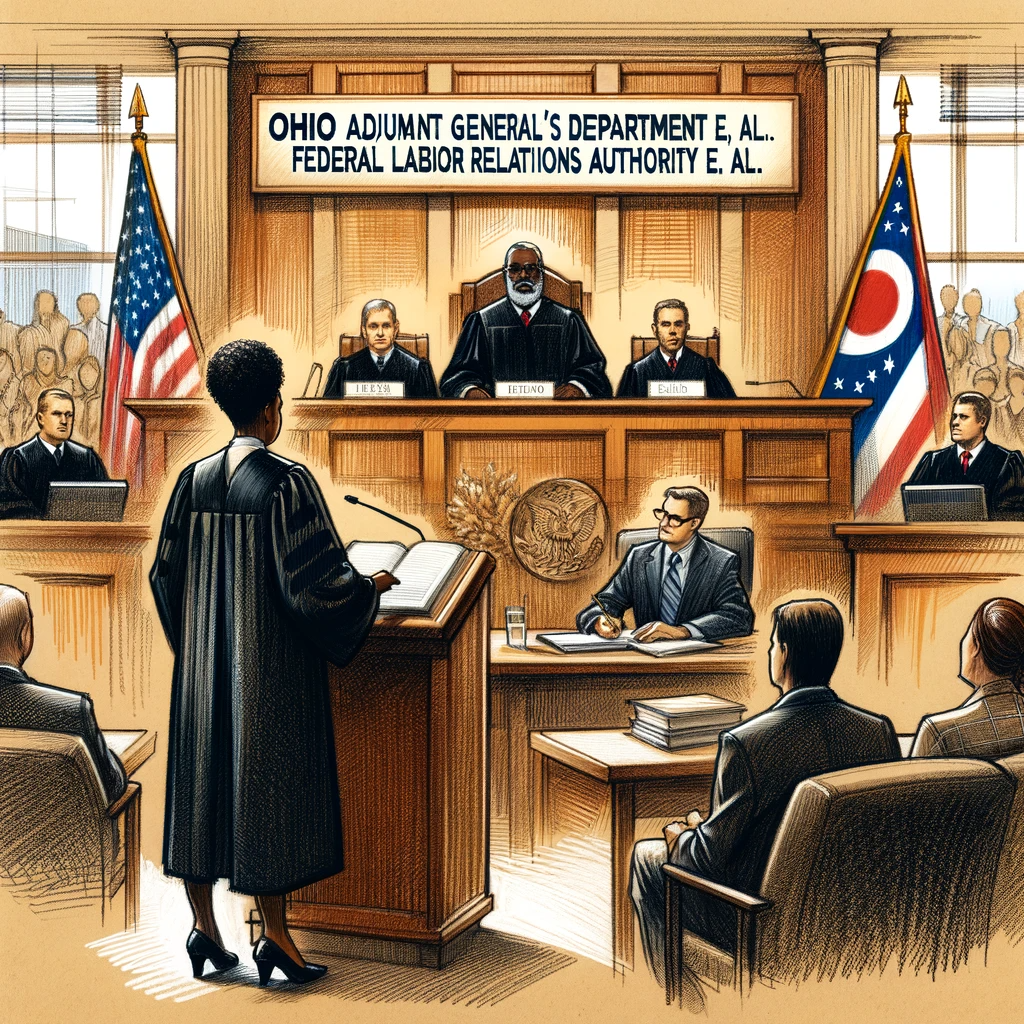Case Digest: Ohio Adjutant General’s Department et al. v. Federal Labor Relations Authority et al.

The case established that State National Guards, when hiring and supervising dual-status technicians in their civilian role, act as federal agencies for purposes of the Federal Service Labor-Management Relations Statute (FSLMRS). Thus, they are subject to the FLRA's jurisdiction over labor disputes.
Introduction:
This case addresses a significant question regarding the application of federal labor relations statutes to state entities, specifically the Ohio National Guard. It provides crucial insights into how dual-status technicians are perceived within the federal labor law framework.
Facts of the Case:
The case involved the Ohio National Guard and its Adjutant General's Department, collectively referred to as the Guard. The Guard employed dual-status technicians who worked both in civilian and military capacities. A dispute arose when the Guard, after the expiration of a collective bargaining agreement (CBA), asserted that it was not bound by the FSLMRS in its dealings with these technicians. The Union representing the technicians filed an unfair labor practice complaint with the FLRA, leading to the legal dispute.
Issue of the Case:
The key legal issue was whether the Ohio National Guard, in its capacity as the employer of dual-status technicians, constituted a federal "agency" under the FSLMRS, thus falling within the jurisdiction of the FLRA for labor disputes.
Ruling of the Case:
The Supreme Court affirmed the lower court's decision, holding that the FLRA had jurisdiction over the Guard. It ruled that when State National Guards hire and supervise dual-status technicians in their civilian roles, they act as federal agencies under the FSLMRS.
Impact on the Legal System:
The decision clarified the application of federal labor relations statutes to state entities, specifically in the context of dual-status technicians. It underscored the federal government's role in labor relations for employees who simultaneously serve in federal and state capacities.
Conclusion:
The case is a landmark in defining the extent of federal labor law over state entities. It establishes that state entities, when functioning in certain federal roles, are subject to federal labor laws, affecting how state national guards and dual-status technicians are treated under federal labor relations statutes.

